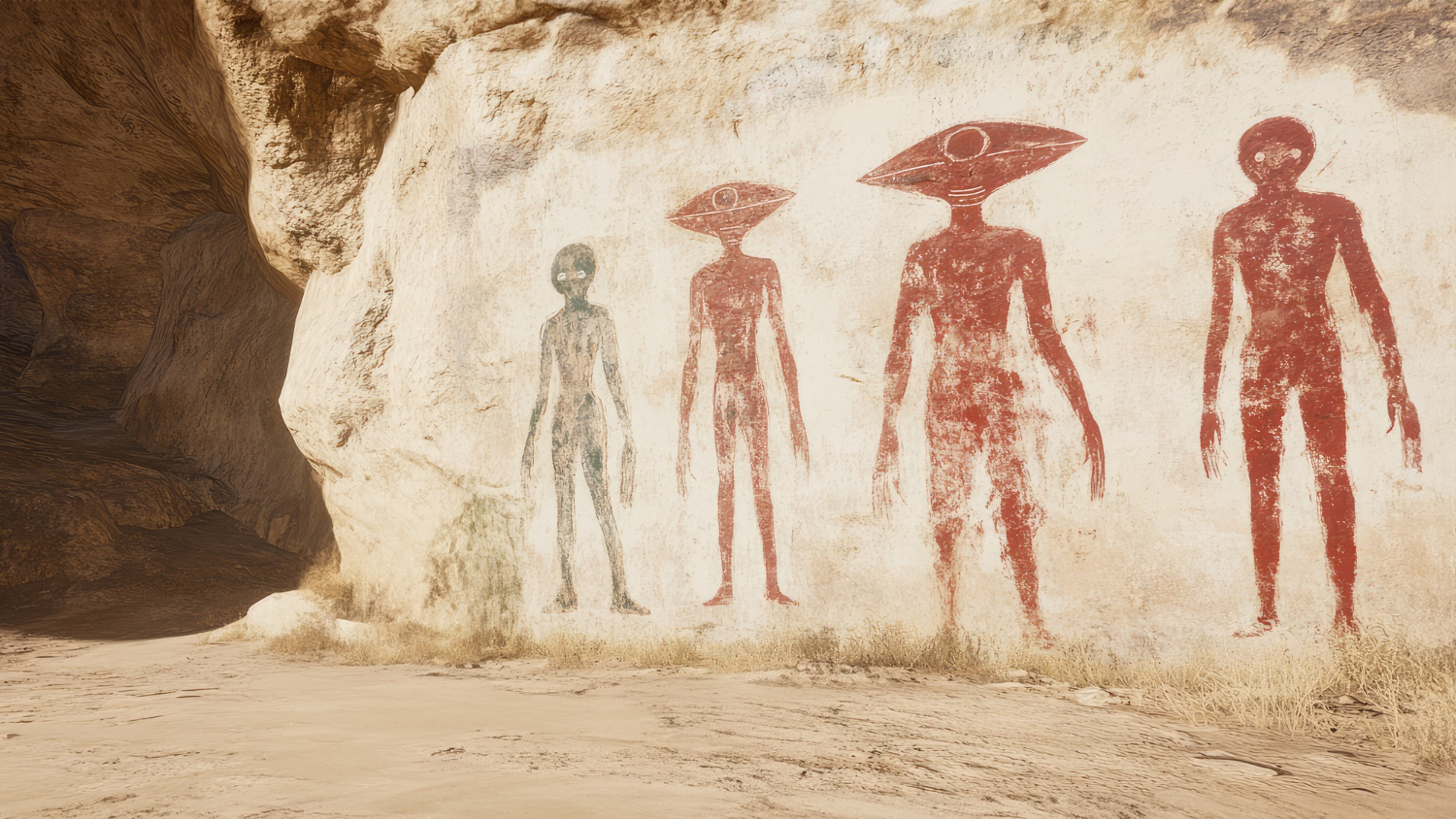When I think about painting, I often marvel at how far this art form has come. What started as primitive marks on cave walls has evolved into a boundless world of digital masterpieces, each era reflecting not only the materials and techniques of the time but the very soul of humanity. As someone who deeply loves and studies art, tracing the evolution of painting feels like following the story of who we are—our struggles, our triumphs, and our relentless urge to express.
It All Began in the Caves
The earliest paintings weren’t made for museums or galleries—they were created in the shadows of caves by our ancestors. I remember the first time I saw photos of the Chauvet Cave in France. Those graceful images of horses and lions, painted over 30,000 years ago, left me speechless. There’s something haunting about them. They were painted with natural pigments like charcoal and ochre, and applied using fingers, brushes made from animal hair, and even blowing pigment through hollow bones.
What’s truly fascinating is how sophisticated these ancient paintings are. They weren’t just random doodles—many were layered and dynamic, suggesting movement and life. These artists were not simply surviving; they were telling stories and perhaps even communicating with the spiritual world. In those dark cave chambers, the human need to create was already fully alive.
From Temples to Frescoes
As civilizations flourished, so did painting. Ancient Egyptians used paint to decorate tombs and temples, depicting gods, pharaohs, and daily life in intricate detail. The colors were symbolic—green for rebirth, red for power—and the style was formal and consistent. These weren’t just decorations; they were visual prayers for the afterlife.
In ancient Greece and Rome, painting started to show more realism. Artists painted on wood panels, walls, and even ceramics. Frescoes from Pompeii blew me away when I first saw them in textbooks—the use of perspective and shading was already emerging. It’s clear these artists were experimenting, pushing the boundaries of what painting could represent.
The Glory of the Renaissance
If there’s one era I find endlessly inspiring, it’s the Renaissance. This was when painting reached a new peak of technical mastery and intellectual depth. Artists like Leonardo da Vinci, Michelangelo, and Raphael weren’t just painters—they were scientists, philosophers, and engineers.
I remember standing in front of da Vinci’s The Last Supper in Milan, feeling awestruck by the composition and the emotion captured in each figure. The Renaissance introduced linear perspective, anatomical accuracy, and oil paints that allowed for depth and subtlety. Paintings became windows into another world, and the artist was no longer anonymous—they were celebrated.
Baroque, Rococo, and the Emotions of Art
As history moved forward, painting styles shifted with the times. The Baroque period was dramatic and grand, with swirling light and intense contrasts—think Caravaggio and Rembrandt. Then came Rococo, with its pastel colors and playful themes, reflecting the elegance of aristocratic life.
What struck me about these periods is how painting began to stir emotions more directly. It wasn’t just about technique anymore; it was about making you feel something—grief, ecstasy, awe. Paintings became more theatrical, more personal.
The Birth of Modern Art
Fast-forward to the 19th and early 20th centuries, and everything began to change. Artists like Monet, Van Gogh, and Picasso started breaking the rules. Impressionism, Post-Impressionism, Cubism, and Expressionism tore apart the idea that painting had to look “real.”
This is where my love for painting deepened. Modern artists weren’t just painting what they saw—they were painting what they felt. Monet’s water lilies shimmered with light and movement, while Van Gogh’s thick, emotional brushstrokes in Starry Night conveyed a sense of longing and wonder. These paintings feel intimate, raw, and deeply human.
Then came abstraction. Artists like Kandinsky and Mondrian reduced painting to its basic elements—line, color, and shape—asking us to engage with art on a purely emotional or intellectual level. It’s wild to think how much courage it took to say, “Art doesn’t have to represent something. It can be something.”
The Digital Era: A New Canvas
Today, we live in a time where painting isn’t bound by canvas or paintbrush. With the rise of tablets, digital pens, and design software, artists now paint in pixels. The first time I tried drawing on a digital tablet, I was amazed—and a bit overwhelmed. The possibilities felt endless.
Digital painting has opened up new doors for creativity. Artists can experiment freely, undo mistakes instantly, and blend styles in ways that were once impossible. From hyper-realistic portraits to fantastical dreamscapes, digital artists are reshaping what we think painting can be. Even NFTs (non-fungible tokens) have introduced a new way for painters to share and sell their work.
Some purists argue that digital painting lacks the “soul” of traditional media, but I see it differently. Every tool has its own voice. Whether it’s a brush dipped in oil or a stylus gliding across a screen, the artist’s vision is what breathes life into the work.
Why It Matters
As I look back on the journey from cave walls to digital screens, I realize that painting has always been more than just images. It’s a mirror of who we are. Each era, each movement, each technique is a chapter in our collective story. And that story is still being written.
Painting continues to evolve because we continue to evolve. We’re still searching for ways to say, “This is how I see the world. This is what I feel. This is what matters to me.”
Whether I’m standing in front of a fresco, flipping through an art history book, or scrolling through a digital gallery online, I’m reminded of one simple truth: the urge to paint is timeless. And no matter how the tools change, that desire to create—to express, to connect, to leave a mark—remains the same.


GIPHY App Key not set. Please check settings